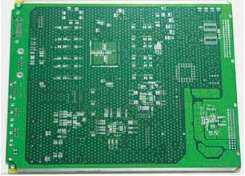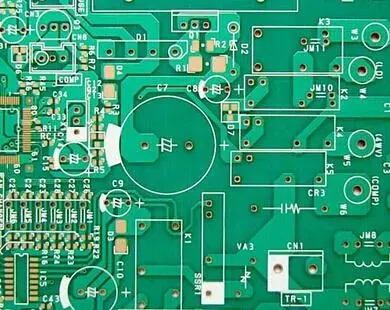

The design of printed boards is a variety of materials and process technologies involving circuit design, PCB component applICation, printed board materials, PCB manufacturing, installation and testing and other different technical areas. If these technologies are organically combined to form a complete design product, standards are required. Standards are the link connecting different materials and technology. They are the basis for work at various stages and product acceptance. Designs and products with a high degree of standardization, It can improve product quality and production efficiency and reduce costs
Printed board is an electronic product with strong standardization. Both the international and foreign PCB technology developed countries attach great importance to the formulation and revision of printed board standards There are a series of standards at home and abroad, which are divided into international standards and national or industrial standards of countries with developed technology. Various standards have different standard systems. The specific standard systems are introduced as follows

International standards International Electrotechnical Commission (IEC) standards IEC was established in TC52/91 Special Office of Electronic Technology Base to be responsible for the formulation and revision of standards for electronic assembly and printed boards. At present, it has formulated more than 100 technical standards and specifications related to the design, manufacture and electronic assembly of printed boards It involves the design, materials, various types of products, manufacturing technology, testing methods and quality assurance of printed boards and their assemblies, forming a complementary system IEC is a technical organization for standardization of electrical and electronic products composed of many countries The standard formulation process requires multinational consultation and coordination, so the standard formulation and revision speed is relatively slow, and the compatibility is not perfect. There are more general requirements, but less detaiLED requirements. The implementation should also be supported by national or user standards
The standards of technologically developed countries, mainly the United States, Britain, Japan and other countries, have developed their own standards and specifications. At present, the most influential standards in the world and adopted by many countries are mainly the standards of American Electronic Circuit Packaging Association (IPC) and American Military Standards (MIL) The IPC standard for PCB and its installation technology has formed a complete system, which includes six aspects: design, manufacturing and installation process, materials, various products, test methods and quality assurance The standards of this system have good compatibility, strong operability, fast revision speed and advanced content, which are suitable for the development of components, printed boards and installation technologies. In particular, to meet the development requirements of green and environment-friendly electronic products, most IPC standards have been revised in recent years The electronic products are divided into 1, 2 and 3 levels. The products of different levels have different design, manufacturing and acceptance requirements The contents of some military standards and high reliability products are integrated into the common standards of the same type of products, so that many MIL standards are replaced by IPC standards. It reflects the idea of military civilian integration and resource sharing, and improves the applicability and universality of the standard
China's printed board standards are divided into national standards (There are three levels of PCB industry standard and enterprise standard in the national military standard. The national standard specifies the most basic requirements and general methods and requirements to ensure product quality; the industry standard reflects the characteristics of the industry on the prEMIse that it is not lower than the national standard, and specifies the special requirements and technical indicators in the industry, or it can be implemented in the same industry in China when there is no national standard but only the industry standard. The enterprise standard is the enterprise's quality of its own products The control and acceptance standards are also one of the important bases for participating in MARKet competition. In the case of SIMilar national standards or industrial standards, their indicators cannot be lower than the requirements of similar national standards or industrial standards
The national standards are divided into mandatory standards and recommendatory standards (GB/T), which involve public safety The product standards for human health, life and property safety and important military industrial systems shall be subject to mandatory standards. The rest are recommendatory standards. If the mandatory standards refer to the contents of recommendatory standards, the quoted contents shall also be subject to mandatory standards printed circuit board is the basic part of the whole electronic product. Generally, printed circuit board standards are not mandatory standards, but more stringent standards should be implemented when applied in some important products, such as aerOSPace standards, medical standards, etc
At present, there are many national standards for printed boards, including national standards, national military standards, electronic industry standards, aerospace industry standards, aviation industry standards and post and telecommunications industry standards Some national standards are in line with international standards, mainly by reference to the lEC standard, and some by reference to the IPC standard. However, in terms of PCB substrate, currently the major PCB manufacturers directly adopt the British IPC or NEMA standards (American electrical manufacturer standards, mainly referring to FR-4 material standards).
然后
聯(lián)系
電話熱線
13410863085Q Q

微信

- 郵箱










